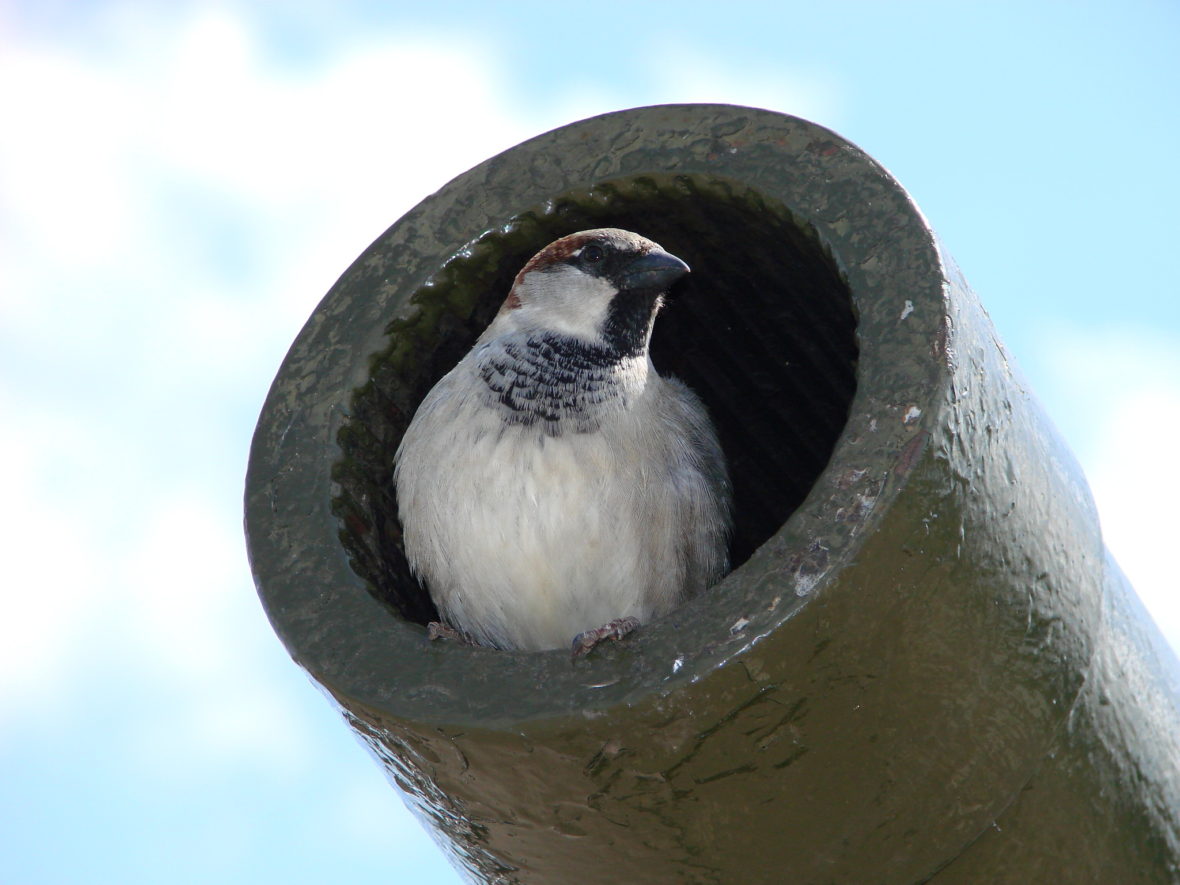My friend Caroline Finkelstein died early this week, not a year after she was first diagnosed with colon cancer. I met Caroline when she was finishing her MFA at Goddard College in 1978 and I briefly taught there. Caroline knew a lot about European history, painting, architecture, and gardening, subjects about which I know little. I visited her when she lived in Massachusetts, owning or renting houses in Rochester and Westport that were exquisitely landscaped and decorated. She loved beauty, but loved truth more. We kept up an email correspondence and occasionally spoke on the phone, but after she moved to Atlanta over a decade ago I never saw her again.
At Goddard she became friends with Donald Hall and Jane Kenyon; Jane’s poem “Dutch Interiors” is dedicated to her. I asked Caroline to write about visiting the Museum of Fine Arts in Boston with Jane for Simply Lasting. Here’s part of her essay:
The poem that Jane wrote about that day recalls some of the sixteenth century Dutch objects we saw on those old canvases: bread and cheese on a plate, a “gleaming pewter beaker of beer,” a woman making lace with “a moist-eyed spaniel lying/ at her small shapely feet”—actual objects we noted and put in our heads. But then the poem does a mysterious turn and the last stanza, four lines, is not about anything we saw that day. It is Vermeer’s “The Letter” Jane writes of:
And the merchant’s wife, still
in her yellow dressing gown
at noon, dips her quill into India ink
with an air of cautious pleasure.
How constant the artist is! How inextricably wedded to inspiration! Although we saw no Vermeers, the paintings we saw were, in a sense, all Vermeers: Dutch, of things interior, houses, windows, plates, rugs, chambermaids, beer, and, perhaps, a little middle-class adultery. Jane called the poem “Dutch Interiors.” By putting in the Vermeer we did not witness that day, she played with interiors. She presented not only the artifacts we did see, but also imagined an action prompted by a woman’s heart. A woman of imagination imagined the behavior of the woman of a portrait.
Caroline published three books of poems: Windows Facing East, Germany, and Justice. She spent time at Yaddo and MacDowell, and moved to Florence with an Amy Lowell Traveling Fellowship, where, I told her, she shared an address–Palazzo Capponi–with Hannibal Lecter. She finished a fourth manuscript, but quarreled with her publisher and didn’t place it elsewhere. Gradually she stopped writing poems. She wrote terrific letters, and then emails, and always had something astonishing to say about books, movies, paintings, houses, flowers—her looking. Once I visited her in Westport and, walking the beach with her Yorkie, we disturbed hundreds of Monarch butterflies lighting among the dunes while winging their way to Mexico. I’d never seen anything like it and, with Monarchs ever scarcer, doubt I will again. I know I’ll never meet anyone with Caroline’s singular bundle of acerbic wit, frankness, and passion.
Here’s a link to Caroline’s “After a Vermont Pond, 1977,” published in Slate.
http://www.slate.com/articles/arts/poem/2004/03/after_a_vermont_pond_1977.2.html
